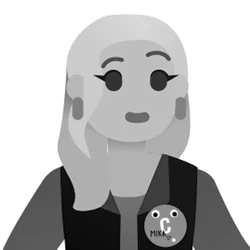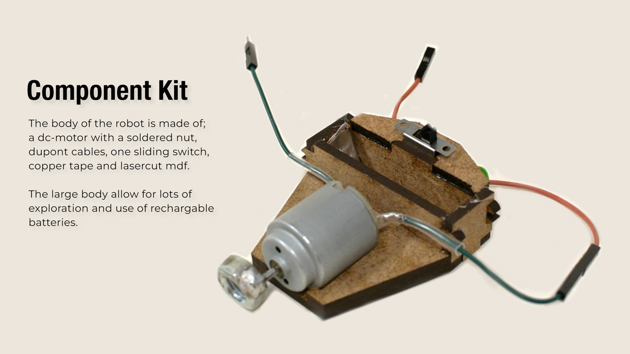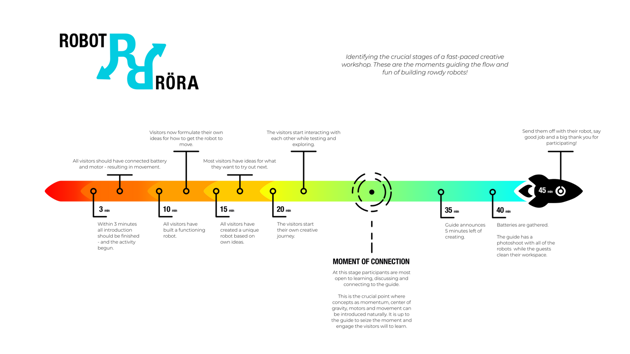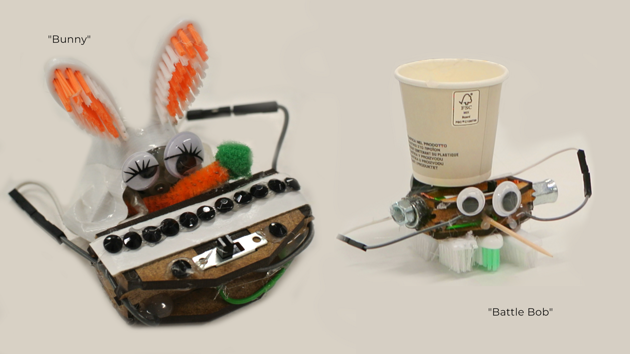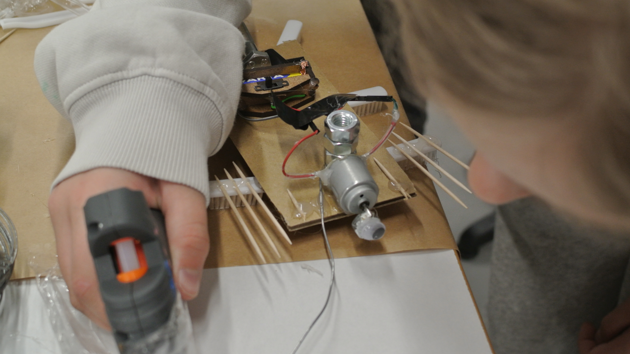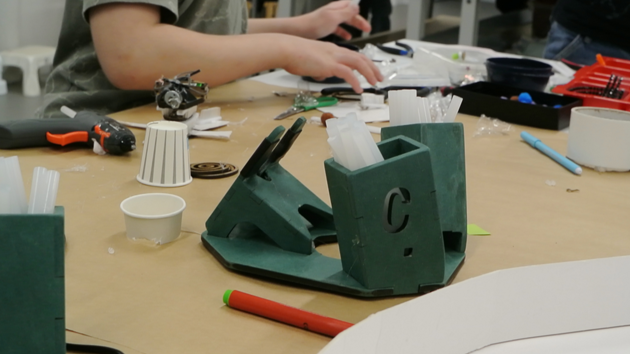Fun with facts
My project focuses on sparking joy in learning, particularly among children, but also youth and adults. I argue that the desire to learn is essential for knowledge acquisition and personal growth. Learning should be inherently desired, exhilarating, and enjoyable. Fun indicates to our brains that an activity is worth repeating. The project's success is tied to whether participants find it enjoyable, which is crucial for their engagement and continued interest in learning beyond the project. This project resulted in an experience that will be used at Curiosum Science center during summer break 2024, aimed at children aged 7 to 12. Up to 500 children are expected to participate.
"I learn something not because I have to, but because I really want to." - Yo-Yo Ma
Project Information
Science centers aim to address a critical issue faced by many societies today: the decline in applications to STEM, teaching, and other important higher education fields. We need more teachers, scientists, and programmers. To encourage university-age students to pursue these areas, we must start earlier. By connecting learning with fun from a young age, we lay the foundation for lifelong education.
The key to fostering a lifelong passion for learning is FUN. In a world with declining STEM applications, science centers work to create connections between learning and fun for both children and adults.
Using my expertise in interaction, experience design, and skills in hardware and programming, I have developed an interactive experience for Curiosum Umeå – our local science center.
Method
I have used a research-through-design approach, testing with real visitors and iterating based on their feedback and my observations. Their insights have been crucial to achieving an activity with the correct pace, reward, and results. I could not have done this without the help of the amazing kids and parents who visit Curiosum.
Designing an experience is about anticipating the behavior, emotional responses, social interactions, and thoughts of the users or participants. By using these anticipations, we can adjust parameters of existing or new experiences to create a flow of action, reaction, and interaction.
When designing and testing this activity, my focus was on the actions taken, the reactions to what happened around the artifacts or social settings, and the key moments that had the biggest impact on the flow of the activity.
Result
This activity is founded on an existing concept called bristlebots, which I have greatly expanded upon. Bristlebots are small devices made from a vibration motor, a coin-cell battery, a toothbrush head, and some optional decorations. My activity allows further exploration through larger robots, a visible vibration element, and rechargeable batteries. An important factor has been to minimize environmental impact and waste while not exceeding 20 SEK per kit, which determines if the child can take the robot home – something important for the long-term impact of the activity.
The Activity
Each participating child is given a set consisting of an MDF-based “body” for the robot, a battery, and a motor. The kits are made from purchased components and laser-cut MDF, then assembled by the participating parents or the guide beforehand.
The children then assemble these components, creating a robot within the first 10 minutes of the activity. It is important that they feel their own decisions led to the success of the activity. Because of this, I have chosen not to use any slideshow or written instructions. Instead, I focused on creating a “kit” that is simple enough to be assembled without instructions, while still appearing difficult enough to create a sense of accomplishment for the participants.
After the basic circuit is assembled, the children are given an assortment of tools to expand upon the body of the robot. This creates different expressions of movement that they can test in a shared “arena” in the middle of the table. This arena encourages social exchange, rapid iteration, and testing.
The goal of this activity is not to create “the best robot.” There is no competition or template for what to achieve. It is up to each child to set their own goals and how to achieve them. The “result” of the activity – the robot – is not that important. The core of the activity is to introduce iterative learning where each test is a “success” in itself. Through this method, I argue that my activity, instead of creating a “reward” at the end, keeps rewarding the participants throughout the activity. This strengthens the participants' confidence in themselves and their ability to explore and learn.
In conclusion, I myself have fond memories of visiting science centers in my childhood. The most important part of these visits was the encouragement I received from the guides. These interactions inspired me and gave me something more important: confidence in my own ability. This confidence enabled me to embrace educational challenges and ignited a passion for learning within this young girl from Umeå. And I hope this project can achieve a similar result within the visitors of Curiosum.
Thanks to:
Curiosum Umeå – an amazing collaboration partner and sponsor.
And to the six science centers I traveled to around Sweden in preparation for this thesis. Their insights, help, and willingness to share their experiences and facilities have been invaluable.
· Teknikens Hus - Luleå
· Universeum - Göteborg
· Molekylverkstan – Stenungsund
· Navet – Borås
· Dalénium – Stenstorp
· Balthazar - Skövde
Mika Sinclair
